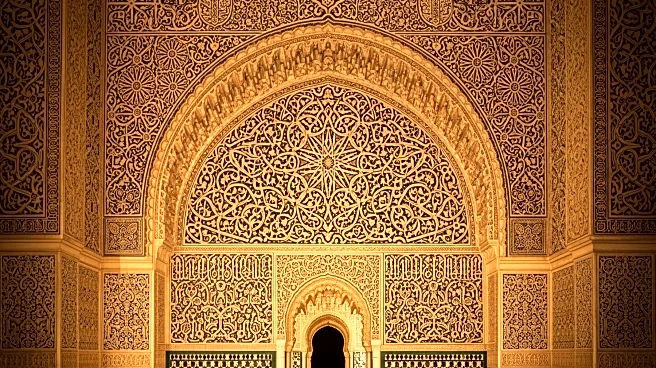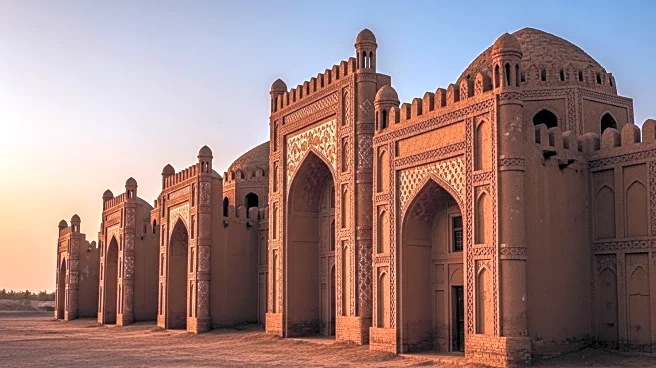The Alhambra's history is marked by significant milestones that reflect its evolution from a Moorish fortress to a royal palace. These milestones highlight the complex's architectural innovations and cultural significance.
Early Milestones
The construction of the Alhambra began in the mid-14th century under the Nasrid rulers of Granada. The initial phase included the development of palaces, gardens, and fortifications, establishing the complex as a self-contained city. The choice of location on a hilly terrace provided strategic advantages.
Breakthrough Moments
A breakthrough moment in the Alhambra's history was the addition of the Palace of the Lions by Muhammad V, which marked the apogee of Nasrid architecture. The intricate designs and innovative use of space set a new standard for Islamic architecture in Spain.
Recent Developments
Recent developments in the Alhambra's history include ongoing preservation and restoration efforts to maintain its architectural integrity. These efforts ensure that the complex remains a symbol of cultural heritage and continues to attract visitors from around the world.
Lasting Impact
The Alhambra's lasting impact is evident in its status as a UNESCO World Heritage Site and its influence on architectural and cultural expressions worldwide. Its unique blend of Islamic and European elements continues to inspire artists, writers, and architects.
 Discover Daily • 7 min read
Discover Daily • 7 min read 









